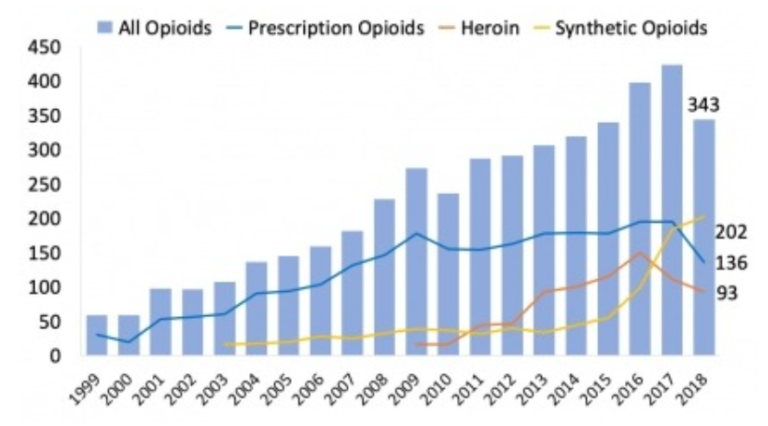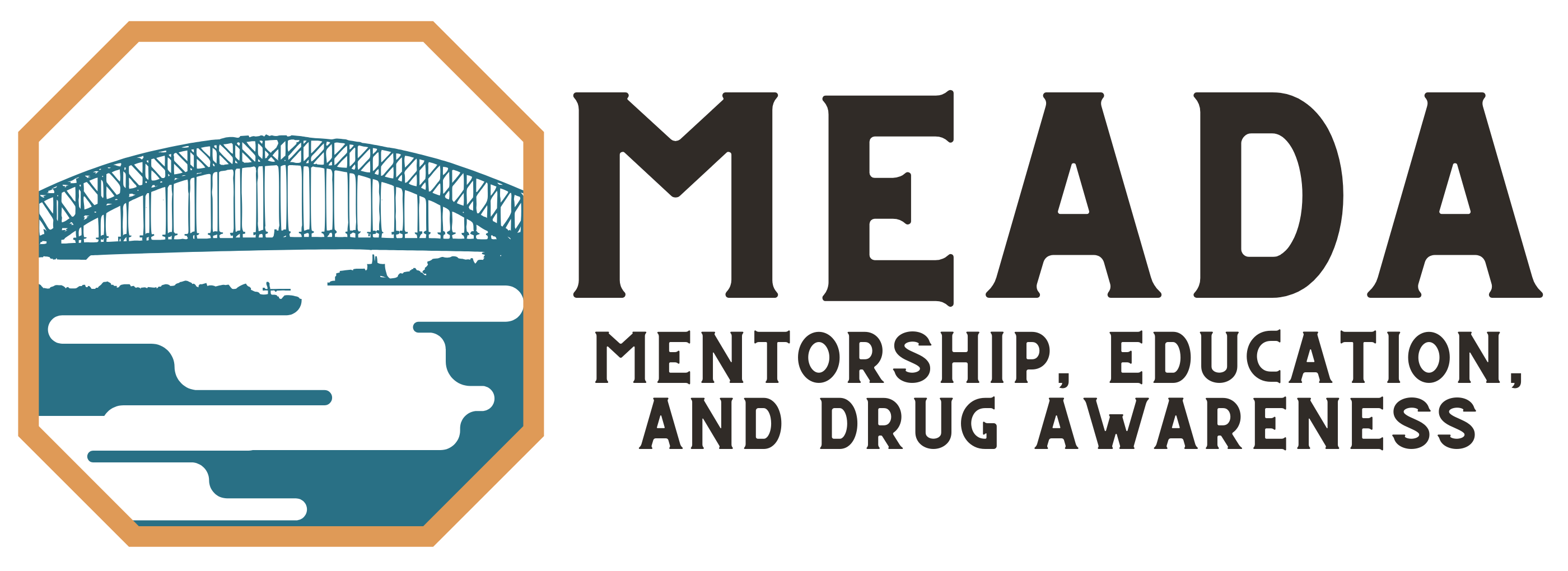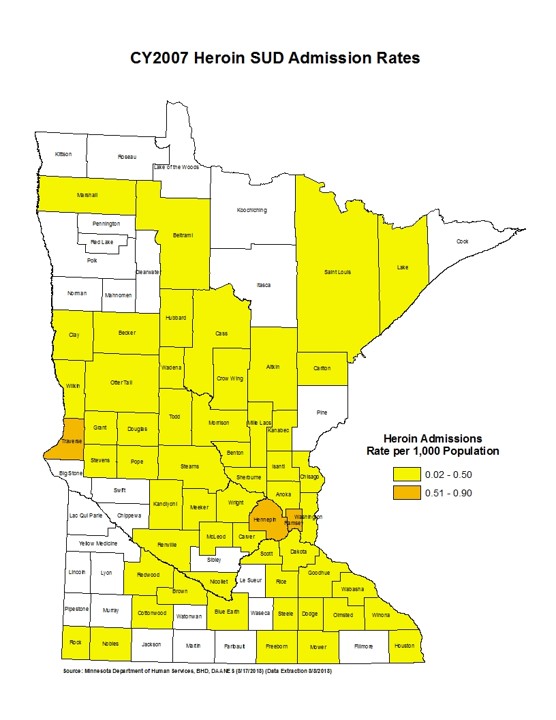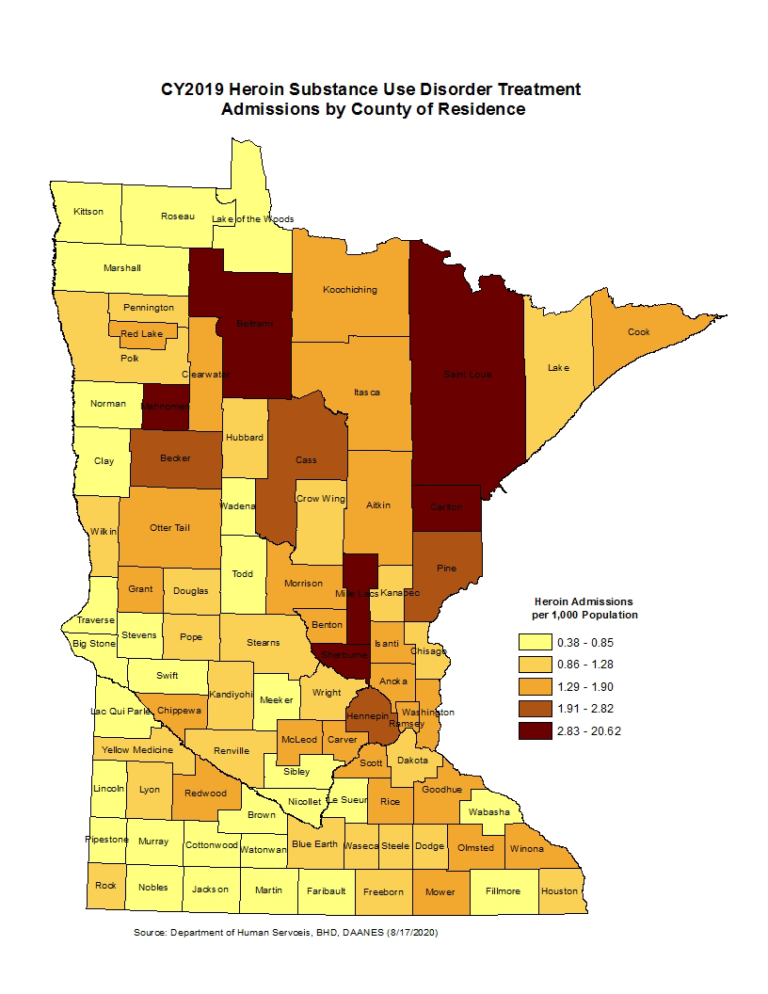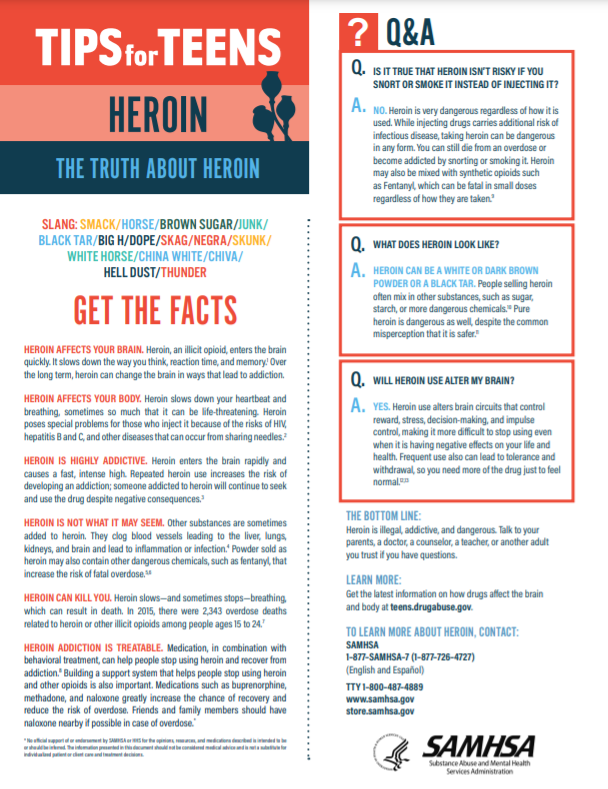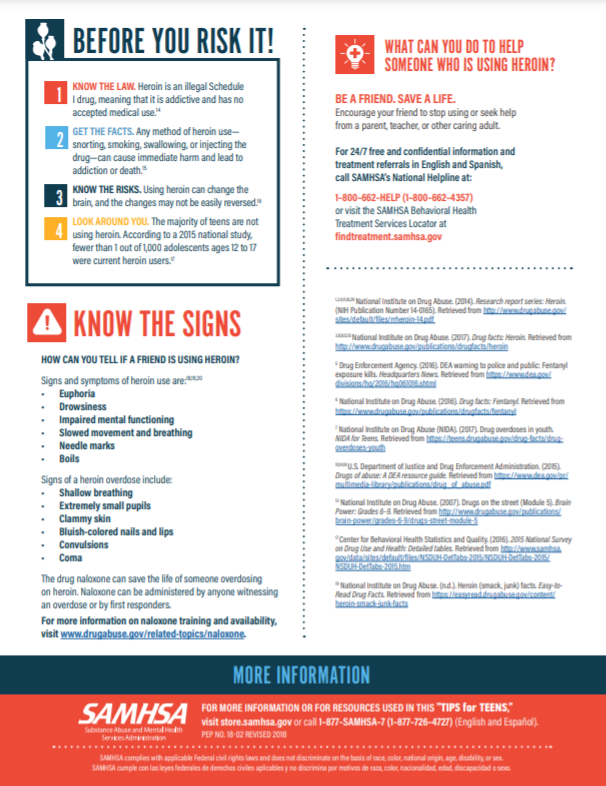HEROIN
Common Drug Names:
Brown sugar, China white, dope, tar, H, horse, junk, skag, skunk, smack, white horse

Heroin achieves this high by binding to opioid receptors in the brain, which then immediately release an unnatural amount of dopamine, causing feelings of pain relief and euphoria or a dream-like state. Often users go in and out of consciousness because breathing is slowed down so much. This is also what makes overdosing so common and possible for even first timers.
The short-term effects:
- Euphoria
- Dry mouth
- Pinpoint pupils
- Flushed or red skin
- Itching
- Nausea or vomiting
- Analgesia
- Slowed breathing and heart rate
Effects of long-term use:
- Collapsed veins
- Abscesses (swollen tissue with pus)
- Infection of the lining and valves in the heart
- Constipation and stomach cramps
- Liver or kidney disease; pneumonia
- Depression
- Sexual dysfunction and disruption of menstrual cycle in females
- Destruction of white matter in the brain where behavior, decisions, and learning happen
- Reduced immune system function leading to increased infections
- Sleep apnea
- Hemorrhoids or anal bleeding
Use during pregnancy may lead to miscarriage, low birth weight, neonatal abstinence syndrome.
Other potential health issues: Risk of HIV, hepatitis, and other infectious diseases from shared needles.
Withdrawal symptoms can begin as quickly as 6 to 12 hours after the last dose, but usually peak within 1 to 3 days, and gradually decrease over 5 to 7 days. However, some users experience weeks or months of withdrawal symptoms.
People addicted to heroin are likely to experience discomfort when stopping use, but withdrawal symptoms can also appear following heavy use. Physically, heroin withdrawal may feel like having the flu. People often experience;
- nausea
- diarrhea
- runny nose
- achiness
- tremors
- fatigue
- chills
- sweats
More severe symptoms can include;
- difficulty breathing
- depression
- anxiety
- insomnia.
Following acute heroin withdrawal, people typically go through a period in which they experience strong drug cravings and may feel less than well. During this period, there is an increased risk of relapse, so additional treatments are important to help ensure long-term recovery. Such treatments can include behavioral therapies and pharmacological treatments.
The National Institute on Drug Abuse reports that medications such as methadone, buprenorphine, and naltrexone have been shown to increase the effectiveness of treatment programs in the long-term.
Behavioral approaches such as cognitive-behavioral therapy and contingency management are two types of therapy that are often used to treat heroin addiction. Cognitive-behavioral therapy focuses on helping people change thoughts and behaviors that contribute to drug use, where contingency management rewards people for staying drug-free with vouchers that can then be exchanged for desired rewards.
Treatment for heroin use often combines these behavioral approaches with medication.
SAMHSA's National Helpline - 1-800-662-HELP (4357)
SAMHSA’s National Helpline is a free, confidential, 24/7, 365-day-a-year treatment referral and information service (in English and Spanish) for individuals and families facing mental and/or substance use disorders.
SAMHSA's Behavioral Health Treatment Services Locator
Narcotics Anonymous
Narcotics Anonymous offers recovery from the effects of addiction through working a twelve-step program, including regular attendance at group meetings. The group atmosphere provides help from peers and offers an ongoing support network for addicts who wish to pursue and maintain a drug-free lifestyle. Find an NA meeting near you.
For Providers: Minnesota Alliance of Rural Addiction Treatment Programs
DRUG TRENDS
Overdose deaths in 2020 started to increase sharply in March, largely driven by an increase in synthetic opioid-involved deaths. Approximately 80% of all opioid-involved deaths during this time involved synthetic opioids.
Both 2019 and 2020 also saw an increase in deaths from the first quarter of the year (January to March) to the second quarter of the year (April to June), but the 30% increase from the first to second quarter in 2020 was greater than the 13% increase seen in 2019.
